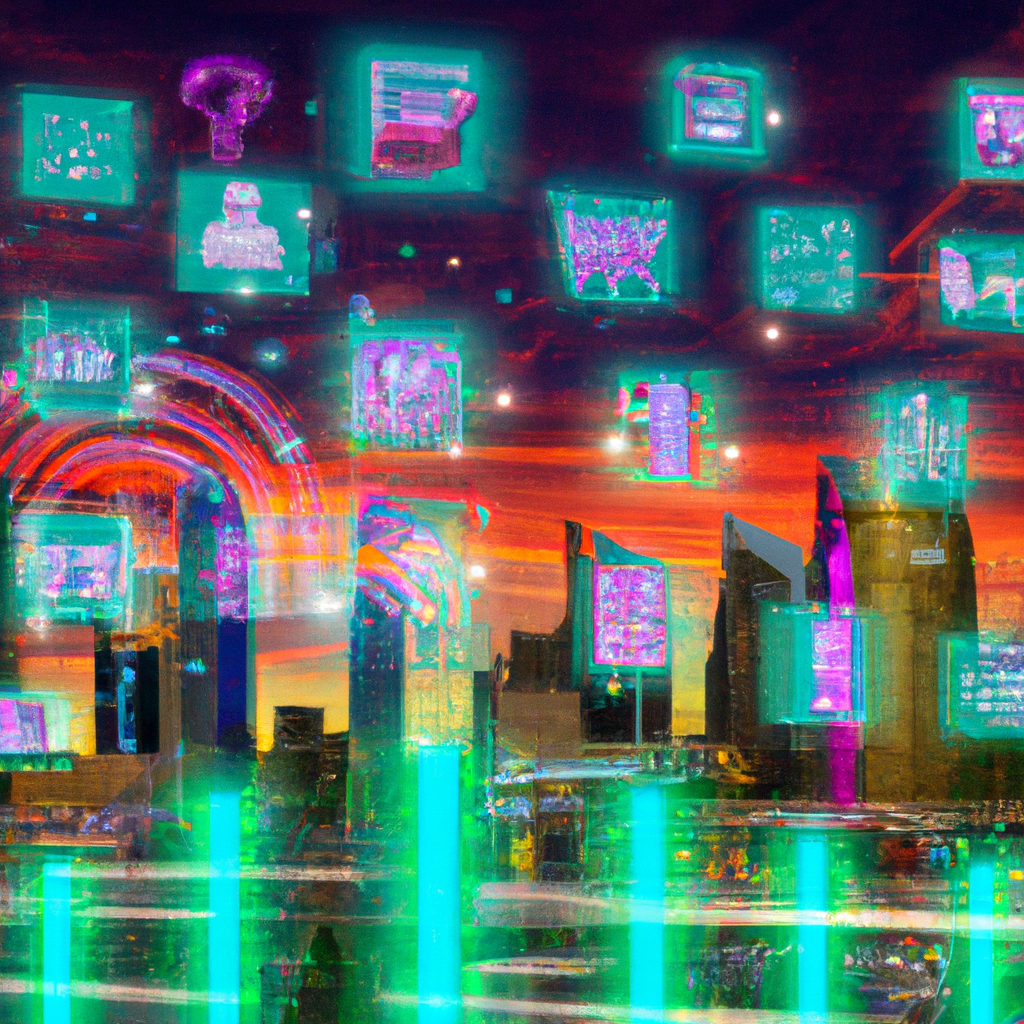Exploring the Top Internet Trends of Q2 2025: What’s Shaping Our Digital World?
In the rapidly evolving landscape of the internet, keeping up with the latest trends is essential for businesses, marketers, and tech enthusiasts alike. As we delve into the second quarter of 2025, several key trends have emerged, significantly impacting how we interact with digital technology, engage with content, and shape our online behaviors.
1. The Rise of AI-Driven Content Creation
The integration of AI in content creation has seen a new peak in 2025. Tools powered by advanced AI algorithms are now more sophisticated, enabling creators to produce personalized, engaging, and high-quality content at scale. This trend is not only optimizing content production but also reshaping user engagement across various platforms.
2. Virtual Reality Becomes Mainstream
With the advent of more affordable and accessible VR technology, virtual reality has transitioned from a niche market to a mainstream audience. Industries such as real estate, education, and entertainment are leveraging VR to offer immersive experiences that enhance customer engagement and satisfaction.
3. Enhanced Privacy and Security Measures
The increasing concern over data privacy has led to the implementation of more robust security protocols. Companies are investing in sophisticated cybersecurity measures to protect user data, which is becoming a significant selling point for tech consumers.
4. The Surge of Decentralized Platforms
Decentralized platforms are gaining traction as users seek more control over their data and online interactions. These platforms offer an alternative to traditional, centralized web services by providing more transparency and user governance.
5. E-commerce Evolution with AR Shopping
Augmented reality has revolutionized online shopping, providing customers with interactive and immersive shopping experiences. AR tools allow users to visualize products in real-time, significantly enhancing decision-making processes and boosting sales.
As we continue through 2025, these trends are expected to develop further, continuously transforming our digital interactions and offering new opportunities for innovation and growth in the tech space.






